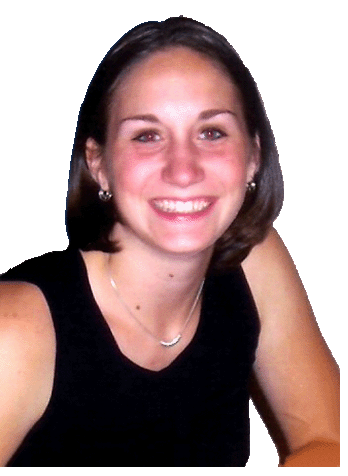Leah C. Clark

Leah Clark is in her fifth year in the Architectural Engineering program at The Pennsylvania State University. She chose the lighting/electrical option because of its integration of technical and creative aspects, as well as the powerful impact of lighting on human psychology and physiology. Leah will graduate from the integrated B.A.E./M.A.E. program in May 2008.
In addition to her course work, Leah gained practical experience through summer internships. She developed a rounded view of the building industry while working for the Design and Construction Department at Penn State’s Office of Physical Plant and acquired more focused experience in electrical and lighting design at Johnson, Mirmiran, & Thompson (JMT). At JMT, Leah had the opportunity to perform a lighting analysis of the company’s main office building in Sparks, Maryland.
Leah found several activities in which to be involved at Penn State. She joined student organizations such as Penn State’s student chapter of the Illuminating Engineering Society (IES) and the Student Society of Architectural Engineers (SSAE). Leah also became involved in the Penn State Navigators and Campus Crusade for Christ.
Leah is very excited about entering the “real world.” She is eager to find a job that she is passionate about, that will challenge her, and that will allow her to make a positive impact.